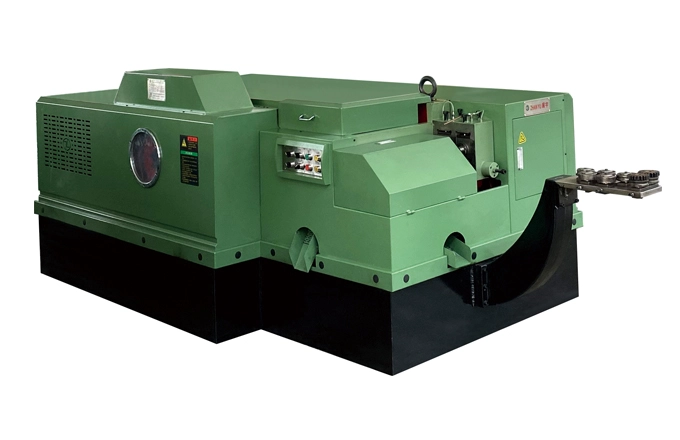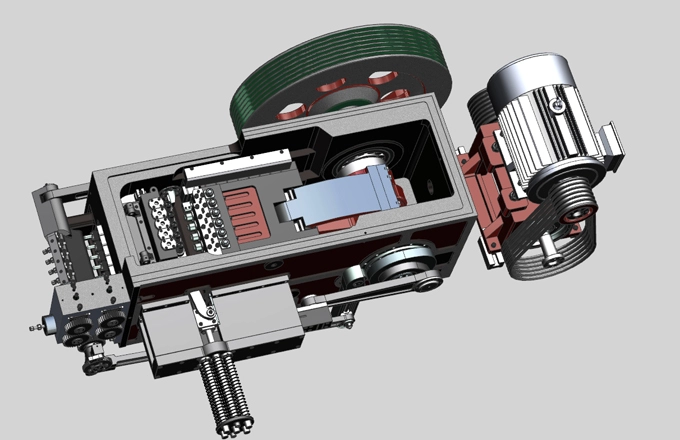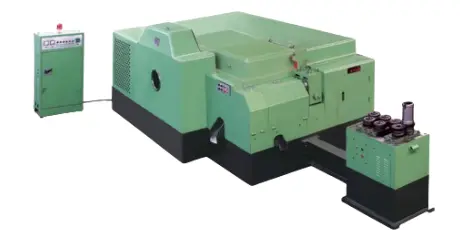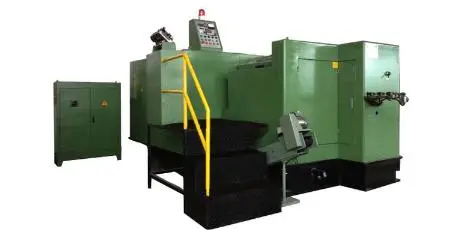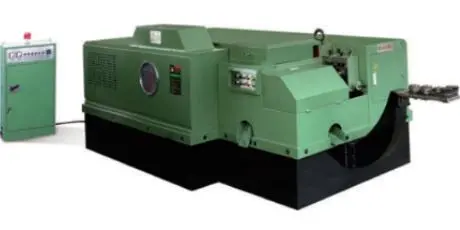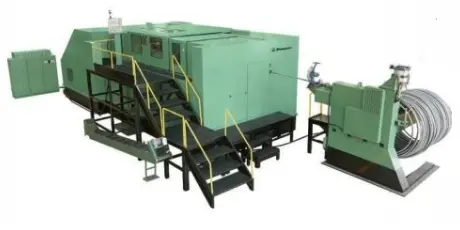The bolt forming machine is a high-performance forging equipment designed for cutting and plastic processing of coil materials, capable of producing hundreds of bolts per minute. Depending on different die structures, various parts and bolt blanks can be produced. This article will introduce the structure and features of the indispensable equipment in the bolt manufacturing process—the bolt forming machine—and discuss its new functions and development trends.
In recent years, there are two technologies in the forming process that deserve special attention: one is the technology of replacing preparation processes and improving work rates, and the other is high-precision forming technology.
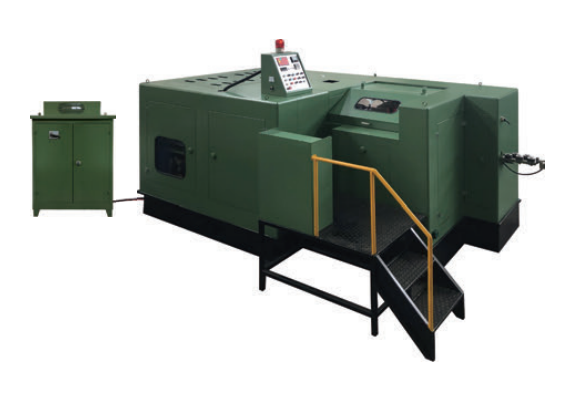
Production of Bolt Blanks
Bolt blanks are mainly produced using heading machines or bolt forming machines, while nut blanks are primarily produced using bolt forming machines. Simple-shaped bolt blanks can be formed by two-step upsetting, while hex bolts and internal hex bolts can be formed by 3-4 steps of upsetting. Before the 1950s, nut blanks were mainly produced by cutting; now they can be formed through 4-5 processes of upsetting.
Basic Structure of Bolt Forming Machine
The bolt forming machine is a type of horizontal press, mainly driven by a crank mechanism. The forming machine cuts the material, be it coil or bar stock, to a specified length, then clamps the blank between a fixed die (female die) and a movable die (male die) for forming processing. It is mainly used for cold and hot heading of bolts, rivets, and parts.
Key Components of a Bolt Forming Machine
The bolt forming machine consists of a transmission device, feeding device, shearing device, forging device, pusher device, and conveying device.
Transmission Device: The transmission device of the bolt forming machine is based on the main generator, transmitting power to the various transmission mechanisms. It periodically transmits gears and cams through a pneumatic clutch.
Feeding Device: The feeding device comprises a straightener, transport rollers, and a feeding drive device. The straightener is used to straighten bent coils; the transport rollers are used to feed the wire into the roller chamber; the feeding drive device adjusts the wire's transmission travel, ensuring the transmission length meets the specified requirements through the transmission device.
Shearing Device: The shearing device cuts the wire to the specified length. It has a limiter to control the material feed to a designated position and an ejector to push the cut wire out of the shearing machine.
Forging Device: The forging device converts rotational motion into reciprocating motion through a crankshaft, thereby driving the plunger that clamps the male die.
Pusher Device: The pusher device, consisting of the KO on the female die side and the PKO on the male die side, pushes the formed blank out of the die.
Conveying Device: The conveying device transports the blank to the next process. The nut forming machine is equipped with a rotary chuck that can reverse the forming direction of the male and female dies by 180°. Additionally, the bolt forming machine is equipped with an open cam and a timing switch to clamp the blank.
New Functions and Technological Trends of Bolt Cold Heading Forming Machines
In recent years, there are two noteworthy technologies in the forming process of bolt cold heading forming machines: firstly, the technology for replacing preparation processes and improving work rates; secondly, high-precision forming technology.
Technology for Replacing Preparation Processes and Improving Work Rates: By optimizing preparation processes, the work efficiency of bolt forming machines can be significantly improved. Modern bolt forming machines employ automated control systems, allowing for rapid die replacement and process parameter adjustments, thereby reducing downtime and increasing productivity.
High-Precision Forming Technology: The application of high-precision forming technology enables bolt forming machines to produce bolts and nuts with higher dimensional accuracy and surface quality. By precisely controlling pressure and temperature during the forging process, each workpiece meets strict quality standards.
Drive System of Bolt Cold Heading Forming Machines
The forming machine's drive system can use a single main generator to drive the entire system. Each mechanism can operate normally at prescribed times. Modern bolt forming machines typically use servo motors and PLC control systems, enabling high-precision synchronous control and automated operations.
Future Development Direction of Bolt Cold Heading Forming Machines
With continuous advancements in manufacturing, bolt cold heading forming machines are also progressing. Future development directions include:
Intelligent and Automated: By introducing artificial intelligence and the Internet of Things technology, achieving intelligent and automated equipment to improve production efficiency and product quality.
Green Manufacturing: Employing energy-saving and environmentally friendly manufacturing processes to reduce energy consumption and waste emissions, promoting green manufacturing.
Multi-Function Integration: Developing multi-function integrated bolt forming machines that can complete multiple processes on a single device, meeting the processing needs of complex products.
In summary, bolt cold heading forming machines are continuously innovating and developing in terms of structure, functions, and technology. By selecting and operating them rationally, combined with advanced technologies and equipment, production efficiency and product quality can be significantly improved to meet the needs of modern manufacturing.

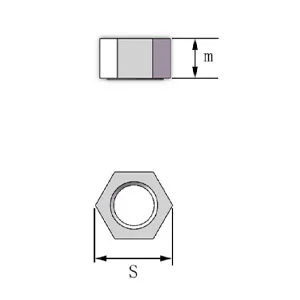
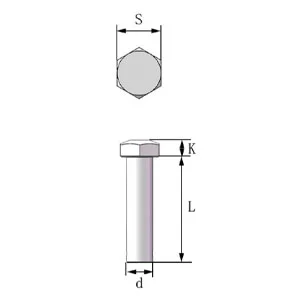
(1).webp)
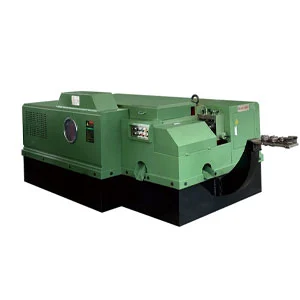
 English
English

